Top 10 of 2017 - A Photostory
on Dec 18, 2017
Happy holidays and a soon to be happy new year! 2017 is about to end, and it was an eventful year packed with outstanding new games. It was also a pretty exciting year for my account, The Review Board, which now has over 3700 amazing followers, and which has expanded to include the Review Corner on Miniature Market. So, before we turn our attention to the intriguing titles of 2018 (e.g., Century: Eastern Wonders, Spy Club, and many more), I want to take a moment to remember the top 10 titles that made my gaming year.
Many fantastic, innovative games were published this year, and it was difficult selecting only 10 of them. I only considered games that I’ve played enough to fully understand and appreciate. Having said this, I would like to open with an honorable mention to Pandemic Legacy Season 2 and Sherlock Holmes Consulting Detective: Jack the Ripper & West End Adventures. Both seem to be delightful games, but I have not played them enough to include them in the main list.
While the order of the list is arbitrary (it was a really hard task picking these games, please don’t ask me to rate them), I did choose four games that were particularly noteworthy - those games that left me itching for another round, that fully drew me into their world and theme. One game gets the “Game of The Year†title, and three games get the mark of “Brilliant Design†for exceptional game play, art, and theme.
Queendomino
Queendomino by Blue Orange Games is a standalone expansion for Kingdomino, and is also known as the gamer version of it. Two to four players can play Queendomino or, if connected with Kingdomino, up to four players can build a 7x7 kingdom grid or up to six players can build a 5x5 kingdom grid. The premise of the game is the same as Kingdomino; players try to build the most impressive kingdom. But in Queendomino, you can send your knights to collect coins and use these coins to either buy buildings or bribe the dragon to burn buildings.
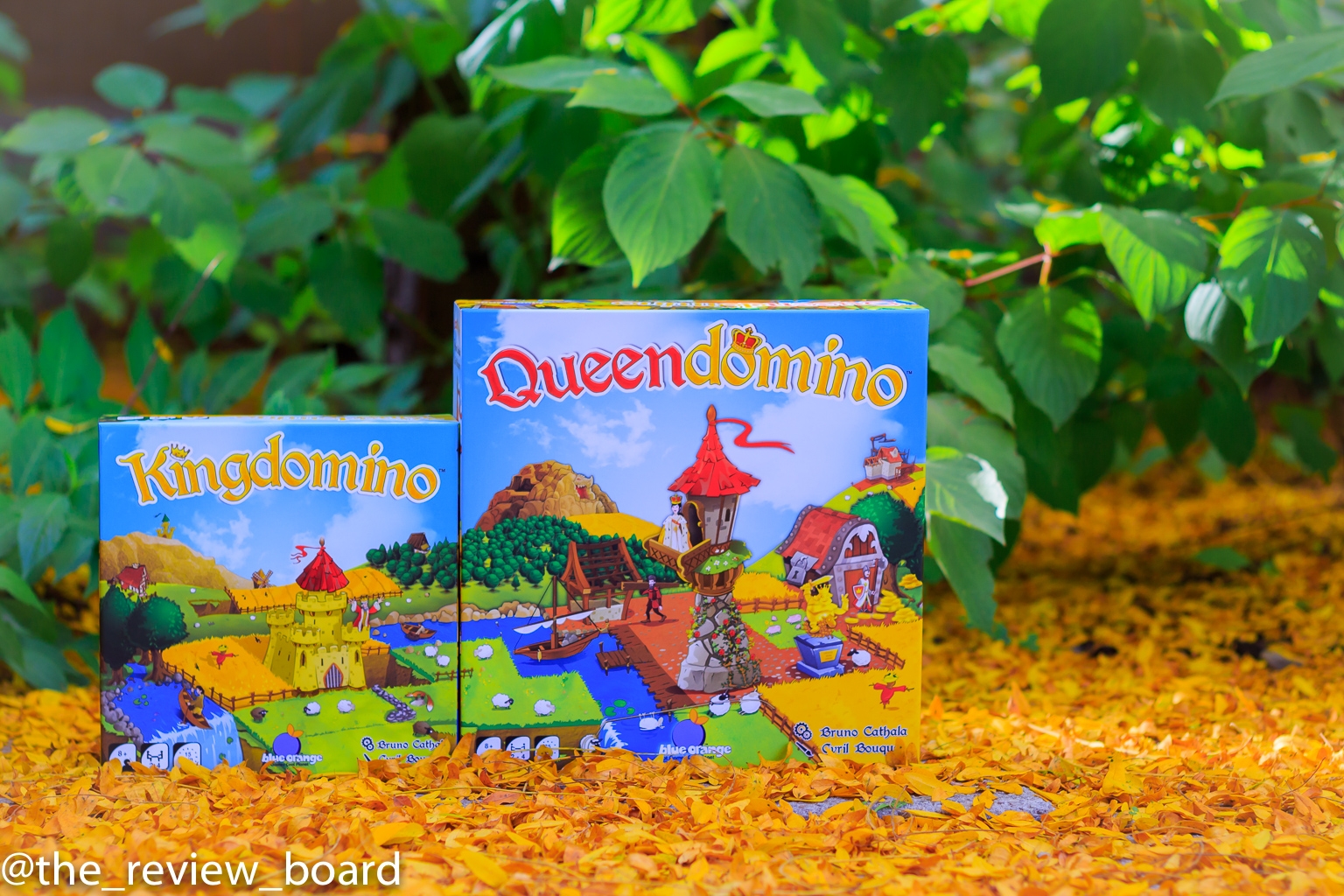
The reason I like Queendomino so much is that it adds a new layer to a fun and light game in my collection. It has a lot more strategy that is simple to explain but hard to master, its replayability in much better, and while challenging it still feels light and fast during a long game night. Further, the hidden-in-plain sight gems on the tiles are a delight to explore as you expand your kingdom.
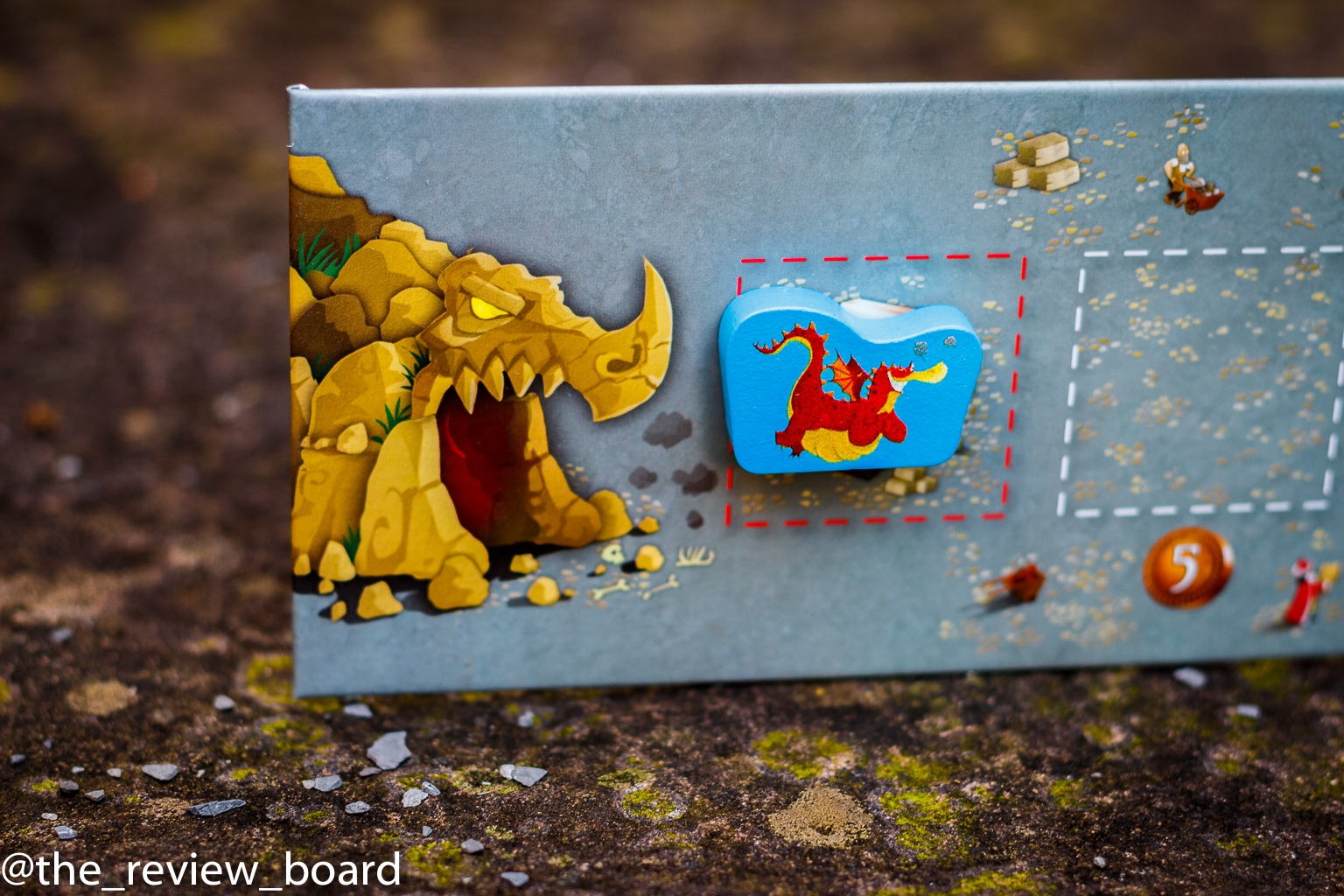
Yamatai
Yamatai is a vivid, colorful game for two to four players by Days of Wonder. Players are builders who were tasked by Queen Himiko to build the beautiful capital of Yamatai. As builders, players explore the archipelago, deploy ships and construct buildings, palaces, and Toriis. Players may enlist the help of architects to complete this task and become the most renowned builder in Yamatai.

The production value of Yamatai is phenomenal, the art is captivating and the wooden resources (meeples, boats, and buildings) elevate the game and give it a sense of prestige, which serves the thematic task of the game; after all, you can’t build the magnificent capital with less than the best buildings. Bruno Cathala’s and Marc Paquien’s design is smart and has several strategies baked into it. These are hard to master and balance; Players can focus on different approaches to achieve their task, e.g., building more Toriis and palaces over regular buildings, and while this game is strategic and can play up to four players, it functions brilliantly even with two players and is really fun.

Codenames: Duet
I’m not always a fan of party games. They’re repetitive, don’t scale well and usually require a certain type of crowd, but Codenames is different. Codenames: Duet is a clever two-player variation on the original Codenames by Czech Game Edition. Much like the original Codenames, you give a one-word clue and try to get the other player to identify the agents on the table. But in Codenames: Duet you and your partner work together to reveal all fifteen agents.
To make things harder you and your fellow spymaster have to avoid 3 assassins on each side of the key card, and as in the original, if you cross paths with an assassin - you lose the game.
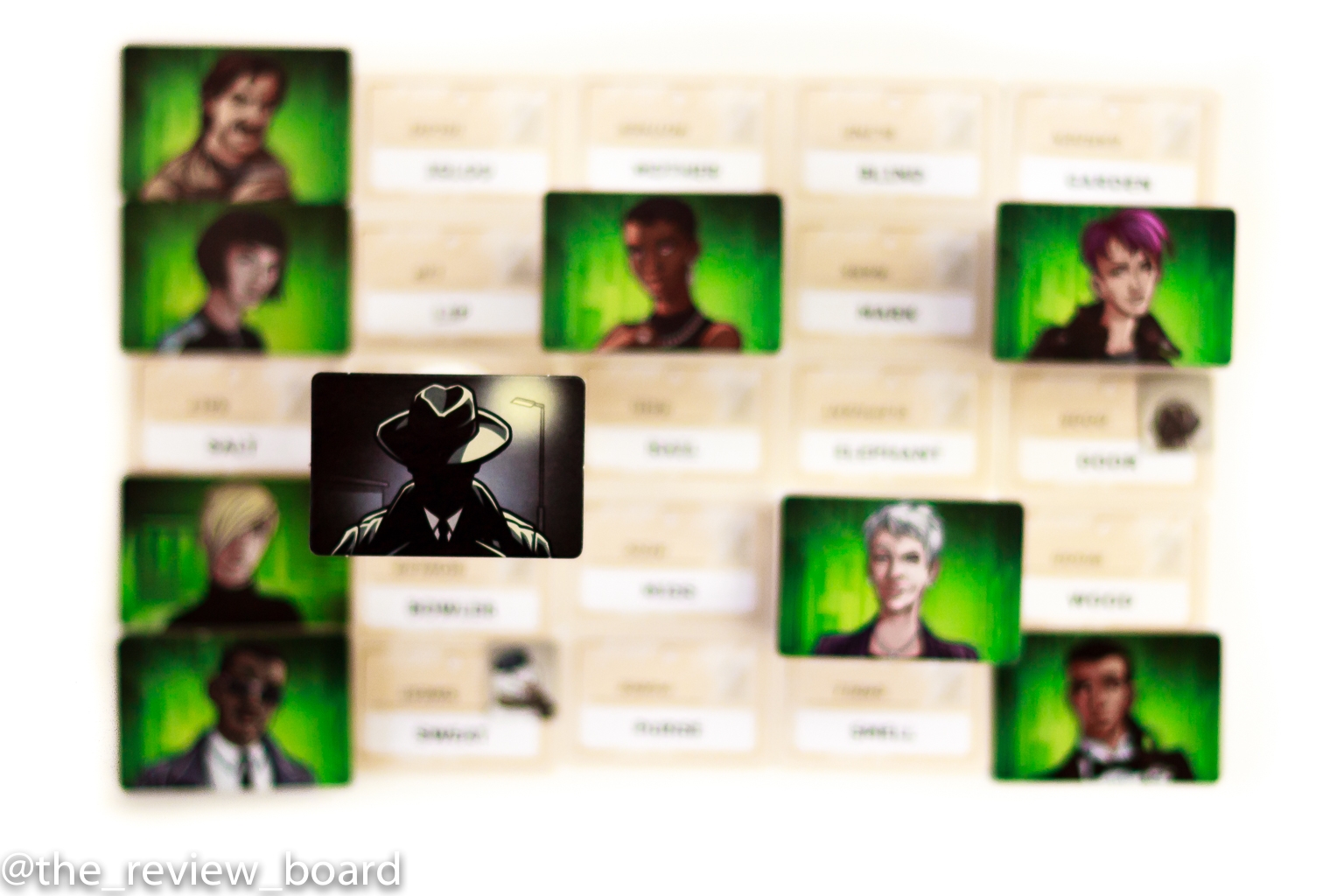
Codenames: Duet is refreshing, and gives an alternative to couples who usually cannot play Codenames. The addition of allowed turns and mistakes makes the game even more challenging, and the campaign map adds a sense of purpose to the game (you challenge yourself in different settings). This unique approach makes Codenames: Duet feels different from the previous titles in that series, and makes it my go to version of Codenames.
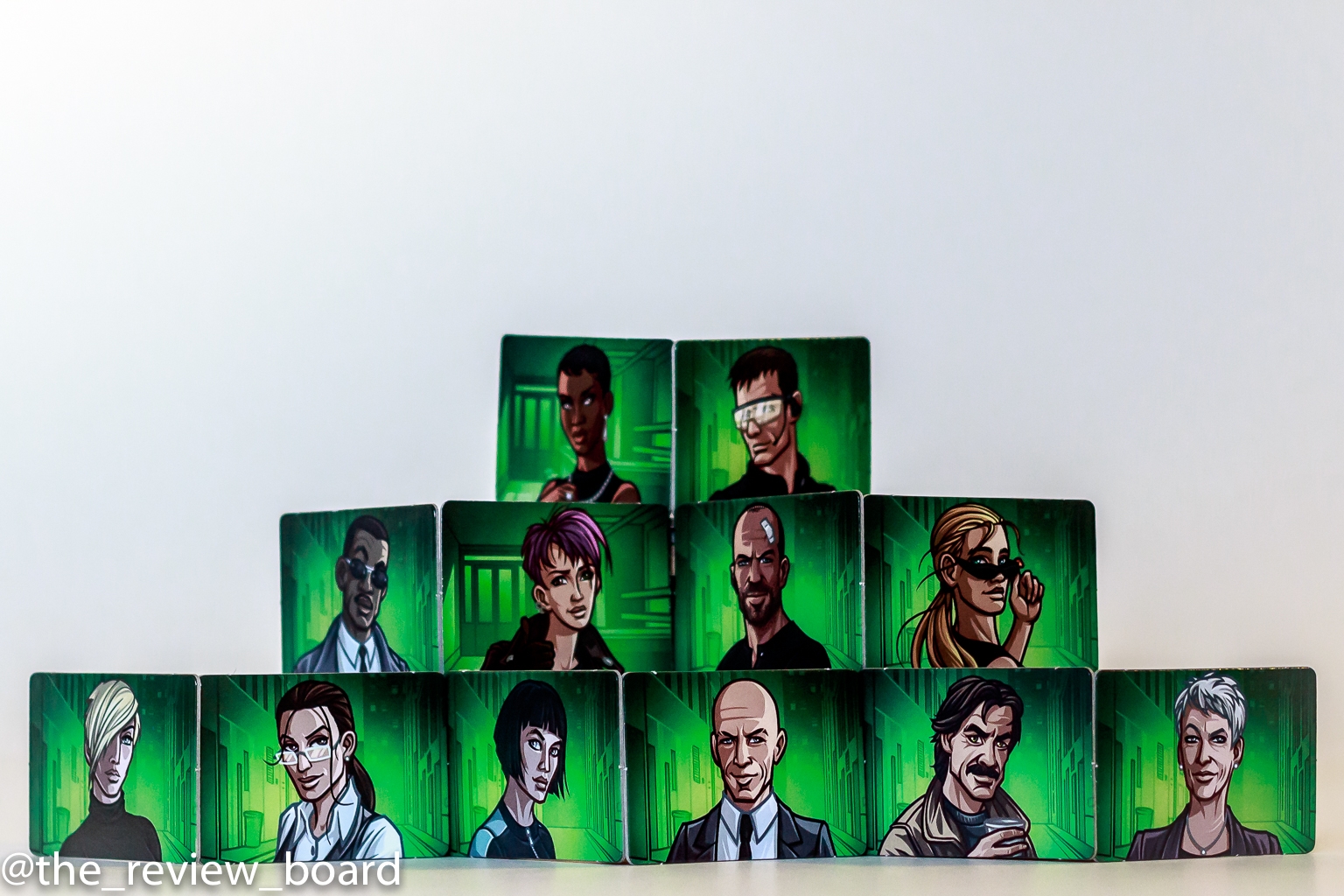
Century: Spice Road
Century: Spice Road by Plan B games is the first title in a trilogy of games, each a standalone with the option to combine each game with the others. In Century: Spice Road, you play as a caravan leader who goes on a journey to trade and deliver spices across the eastern lands for fame and wealth. To win, players trade their spices for victory points by fulfilling claims that are worth points. These points appear in a random order and some carry an extra incentive (gold or silver coin). Thus, a good, adaptive strategy regarding when to acquire a points card is crucial.
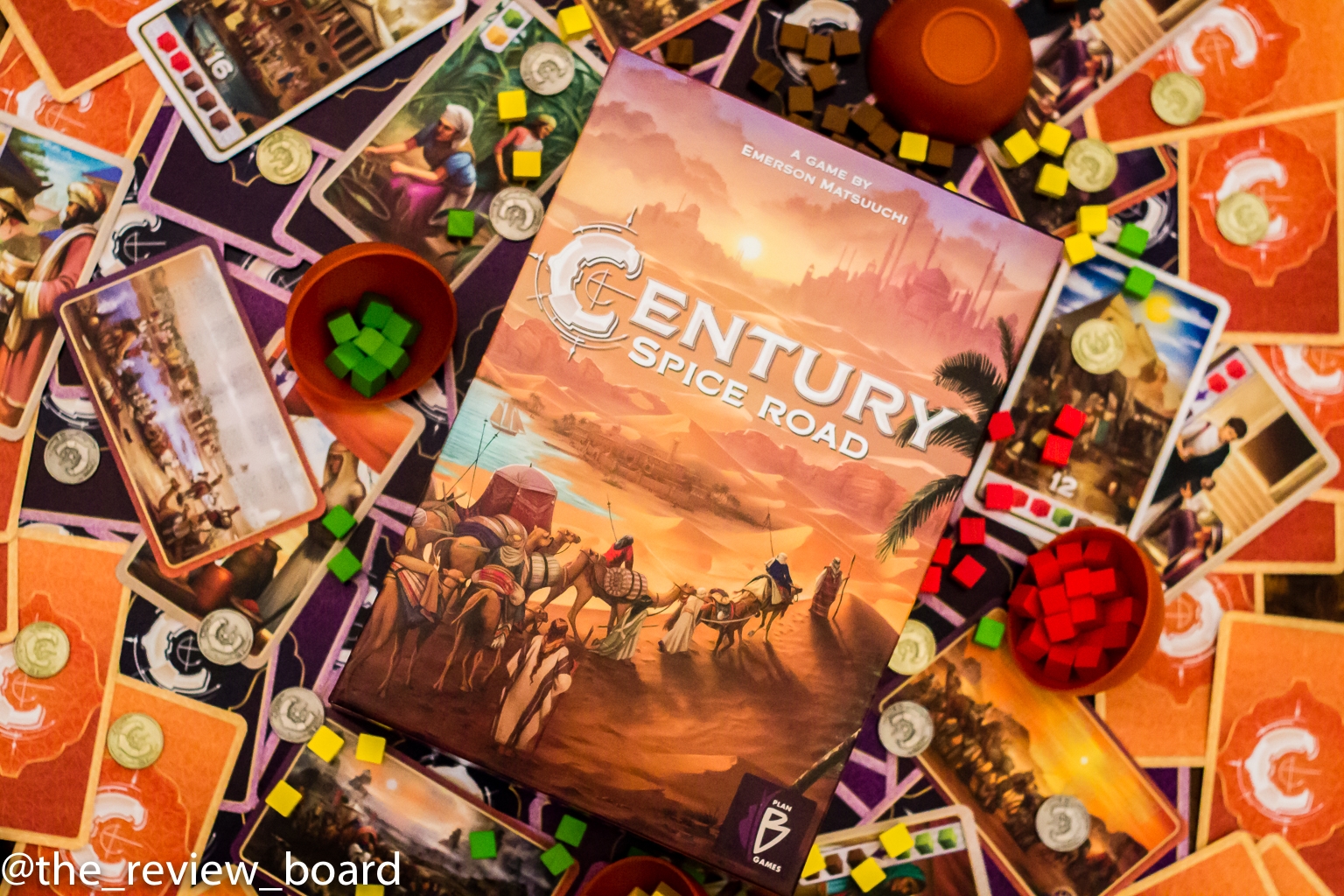
Century: Spice Road has a lot of shared characteristics with Splendor, but it allows more interaction with the game and development of strategies. Different cards have different capabilities (trade, upgrade and produce) and the acquisition of a card comes at a cost. A player might take a less desirable card to gain spices or to avoid the cost of another card. Further, the bonus coins may incentivize players to adopt a different strategy as the game progresses. Century: Spice Road is a fun and light game that revived simple Engine Building games for me, and I cannot wait to see what Century: Eastern Wonders will bring to the table.

Azul
Azul by Plan B games is a stunning abstract game, in which two to four players play as tile laying artists that try to decorate the walls of a Royal Palace. Players draft tiles from a shared pool of tiles (factory displays) and place them on their player board. As the turn progresses, players place the decorative tiles on the palace’s wall and score points. Thoughtful tile placement results in extra points, and certain patterns yield an end game bonus. In Azul, balance is crucial, since a wasteful act of acquiring more tiles than needed results in loss of points.
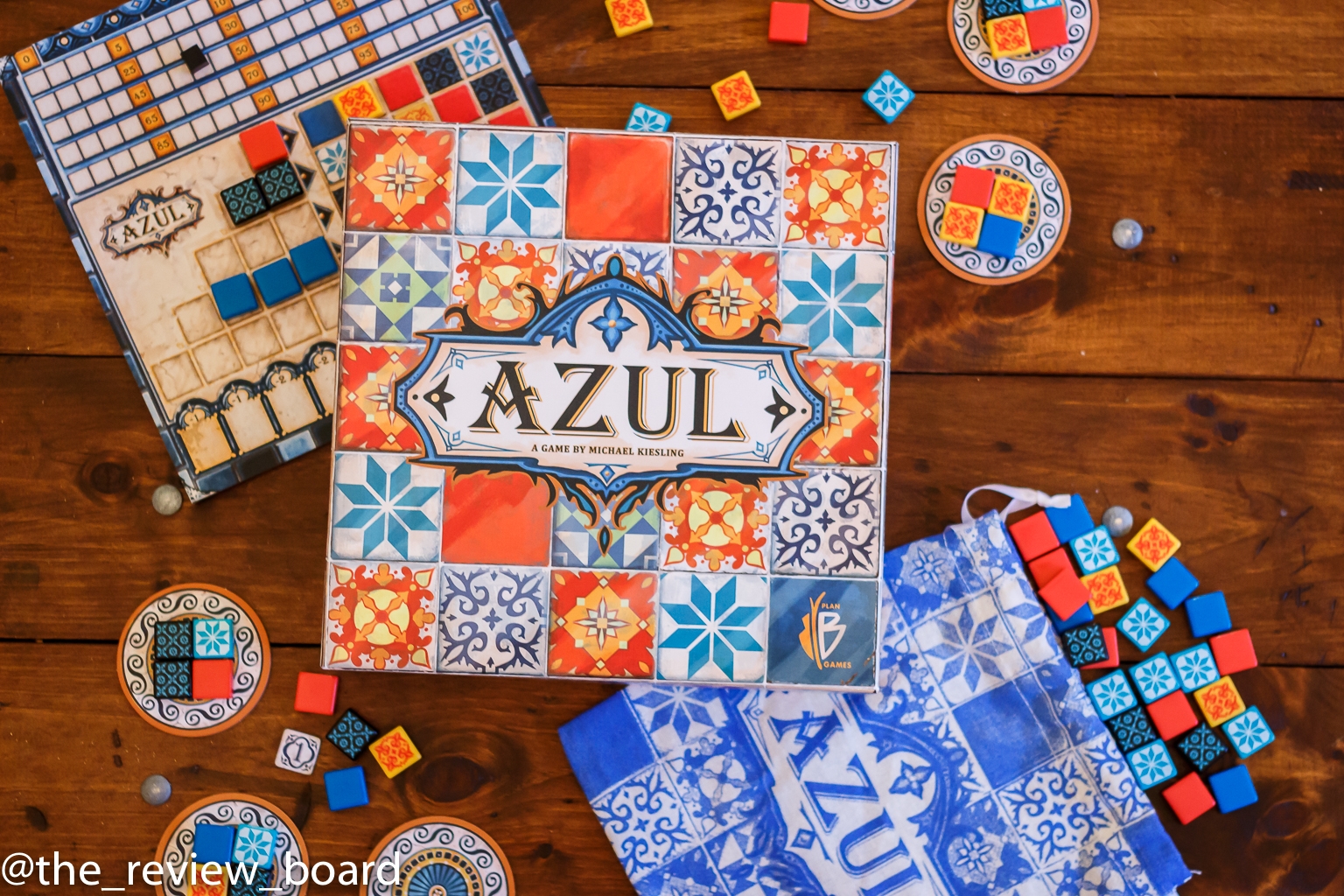
Azul is a magnificent game that captures the eye from the minute it hits the table. With 100 different tiles and vivid art, the production value of this game is praiseworthy. Although it is an abstract game, the theme shines (kudos to Chris Quilliams) and the game is simple to teach and yet hard to master. The unique element of drafting (you have to take all identical colors in a pool) improves the interaction between players because players have to pay close attention and adjust their strategy with every turn. Azul is a hit with great mechanism and lovely art, and is everything I want from an abstract game.

Near and Far
In Near and Far by Red Raven Games two to four wanderers explore the land in a search for the legendary city, the Last Ruin. Legends have told that in this city one can fulfil his or her greatest desires. The game includes an impressive atlas that helps travelers discover unique maps, collect equipment and food, and meet strange and mysterious adventurers. The game offers several modes, an impressive campaign that plays a series of ten games on ten maps, as well as additional modes for shorter play time.

Ryan Laukat made every right design decision in Near and Far. The art is highly immersive, the atlas and the world it creates are detailed and captivating, and there are countless component and cards that increase the replayability of the game. The encounter book is well written, and the different modes of the game make it accessible to different groups.
Near and Far is a journey, one which is worth taking with your fellow gamers! If your heart desires a great game, then embark on a journey with the fantastic Near and Far.

Ex Libris
If you’ve ever wondered what it would be like to take the role of Madam Irma Pince, the Hogwarts’ librarian, wonder no more! In Ex Libris you compete for the title of the Grand Librarian of a magical library that contains tens of thousands of books sitting on thousands of shelves. Ex Libris is an excellent, challenging, and very thematic worker-placement game by Renegade Game Studios in which you play a collector of rare and magical books who competes against other collectors for the renowned position of the town Grand Librarian.

To master Ex Libris you have to be clever and crafty when placing your books (it’s like a fun puzzle), leverage the uniqueness of each village location, and explore the many strategies of scorings. Don’t forget to read the funny book titles, unique to each book. Get ready to become a Grand Librarian, because this game is magical. For a well-constructed and yet constantly changing game, with lovely art with over 500 hilarious books titles, and a theme that is perfectly tailored for this game, Ex Libris receives the mark of “Brilliant Designâ€.

Magic Maze
I love cooperative games. There is something extremely satisfying about collaborating with your fellow gamers to achieve a common goal. That rush of adrenalin when you are able to find a way to survive yet another round on the board, is one I always look forward to. Thus, when a cooperative game makes my life a living hell, I find myself intrigued, and Magic Maze by Sit Down and Dude Games captured my attention.
In Magic Maze, one to eight players play as a mage, a warrior, an elf, and a dwarf that plan a heist of four pieces of equipment from a local Magic Maze shopping mall. Players explore the maze, fine the needed equipment, pull the heists simultaneously and then run for the exit. Sounds pretty simple, but it isn’t!
In addition to being a cooperative game, Magic Maze plays in real time against a sand timer. If the stress of the ticking clock is not enough, all players can control all heroes, but can only perform a very specific action, e.g., you can go left but someone else can go up or down. To make things worse and add to this chaos you are not allowed to talk for most of the game. Even when you are allowed to (in very specific cases), the clock is always ticking.

This brilliant yet simple design caused my heart to race! I stood over the table because I could no longer sit at the edge of my chair. The no talking restriction makes this game frustrating and pleasing at the same time, and prevents the most common problem of cooperative games - the notorious quarterback. For all of these reasons, and for all the times I failed to get out of the maze, Magic Maze receives the mark of “Brilliant Designâ€.

The 7th Continent
It should come as no surprise that The 7th Continent by Serious Poulp is on this list. This cooperative choose-your-own-adventure masterpiece takes you and up to three other explorers on the adventure of your life (and most likely your death). Discover new terrains, wildlife, and dangers as you explore the continent. Craft tools and shelter to cultivate resources, gather experience and fight the land that is trying to kill you. With unique random cards and a clever game save mechanism (an adventure can take more than 10 hours!), each visit to the continent is unlike the one before. Your journey to lift the curse has many paths, and it is up to you and your fellow explorers to find the best path and survive the visit to the continent.

The 7th Continent has 4 curses (more available in different expansions) and over 1000 cards, each of which is different from the others and is well detailed. This game kept me at the edge of my seat with every draw, as I knew that “death is lurkingâ€. For its immersive art, brilliant game play, and hours of fun, The 7th Continent receives the mark of “Brilliant Designâ€.

Sagrada
Sagrada is a game of dice drafting and window crafting by Floodgate games. In Sagrada two to four players draft from 90 dice and use different tools to construct a stained-glass window. Players are assigned a window pattern (there are various levels of difficulty) and have to adhere to the pattern’s restrictions (color and value) as they construct their colorful window. The draft and roll mechanism for the dice adds suspense to each round, and the special tools, paid for by favor tokens, add an important level of strategic planning. Players gain points from different objectives (shared and a secret one) as well as from any unused favor tokens.

Adrian Adamescu and Daryl Andrews crafted a wonderful game. Sagrada’s theme is unique and colorful, the puzzle aspect of the game is challenging and contributes to the replayability of the game, the objectives are hard to balance (is it better to fulfil a shared objective over a hidden one, or vice versa?), and the game plays well at any number of players. On top of these, the game has a solo player mode that is extremely challenging, and gives the player the opportunity to play Sagrada more often. Finally, Peter Wocken’s art is marvelous as well as highly detailed (I photographed this game in a stained-glass studio, and a professional window maker noted that the art reflects the trade and is accurate).

For all of these and for the many times I played Sagrada this past year, I am happy to declare it my Game of the Year.
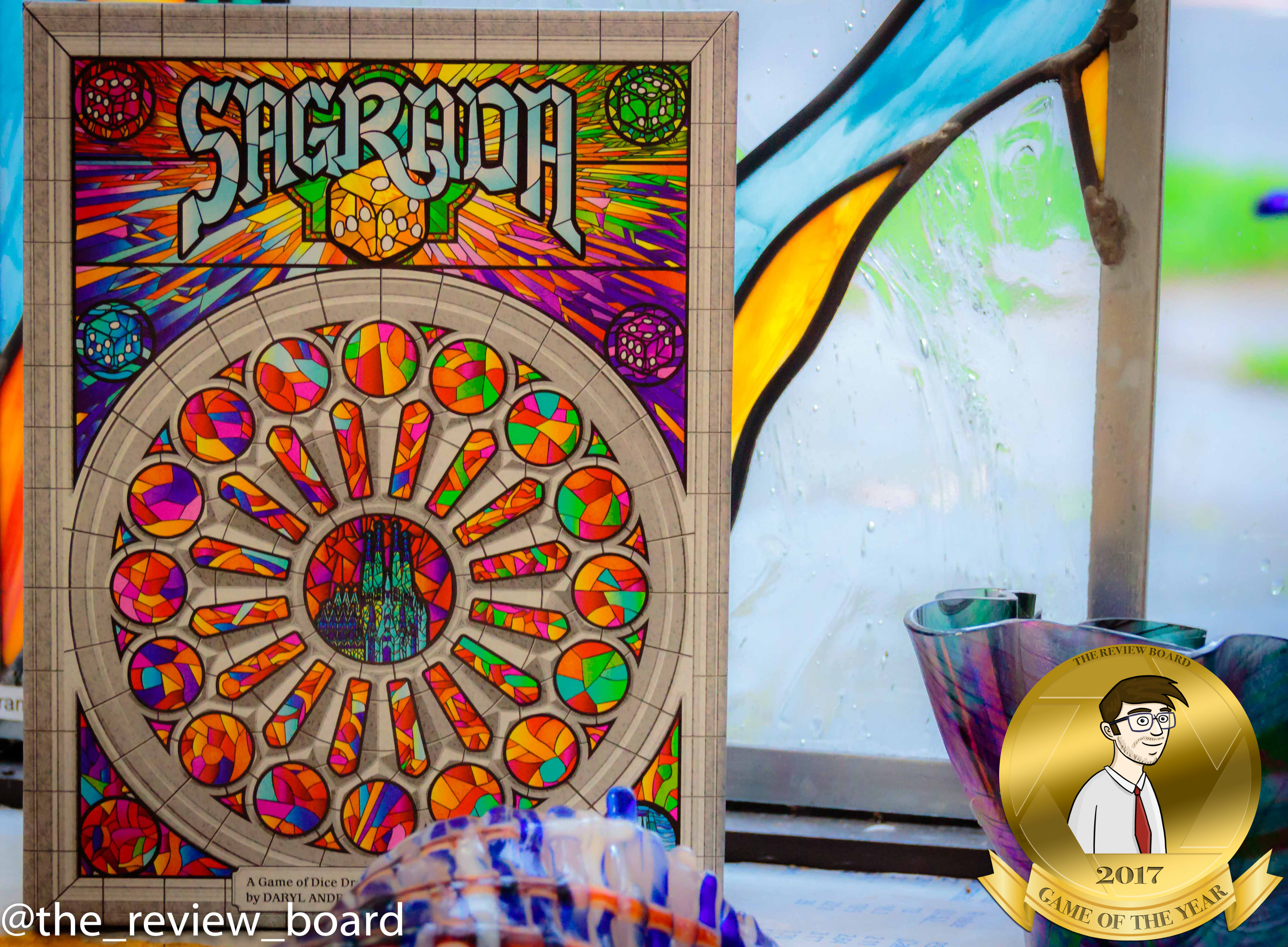

 Customer Support
Customer Support  Subscribe
Subscribe 




 Account
Account  Wishlist
Wishlist 

